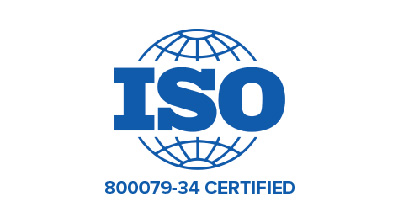As we celebrate National Nursing Week, it’s a chance not just to recognize today’s nurses, but to reflect on the extraordinary path this profession has taken. From candlelit wards in wartime to modern ICUs humming with technology, nursing has evolved dramatically—yet its heart has never changed. At every step, it’s been about people caring for people.
Where It All Began
Modern nursing traces its roots to Florence Nightingale, whose groundbreaking work during the Crimean War in the 1850s did more than improve sanitation—it reshaped healthcare. With a sharp mind for data and an unshakeable sense of purpose, she laid the foundation for nursing as both a science and a calling.
“I attribute my success to this: I never gave or took an excuse,” she once said. That same resolve continues to define the profession today.
Nightingale’s legacy lives on in every nurse who walks into a hospital, clinic, or patient’s home. Her school at St. Thomas’ Hospital set the standard for structured training—something unheard of at the time. Early nurses worked in tough conditions, often facing limited resources and systemic bias, yet they persisted, driven by purpose.
Through War, Progress, and Change
World Wars I and II became unlikely turning points for nursing. Nurses didn’t just tend to wounds; they developed battlefield protocols, pushed infection control forward, and gained ground as indispensable medical professionals.
In the decades that followed, the field branched out—pediatrics, psychiatry, critical care, and beyond. Education advanced, too. What started as diploma programs gave way to bachelor’s and graduate degrees. By the 1970s, nurse practitioners were stepping into new roles, diagnosing and treating patients with increasing independence.
Professional groups like the American Nurses Association and the National League for Nursing helped push the profession forward, ensuring higher standards and better recognition.
The Technology Shift
Few things have changed day-to-day nursing more than technology. Nurses who once charted vital signs by hand now work with electronic health records, IV pumps, and real-time monitoring tools. But the tools are just that—tools. The essence of nursing is still human.
Telehealth has added a new dimension, especially in recent years. “Virtual nursing” might sound futuristic, but it’s already here. Nurses guide patients through care plans via video, monitor conditions remotely, and collaborate across distances—all while keeping their clinical instincts sharp.
In Their Own Words: Nurses Reflect
Margaret Chen, who began nursing in 1965, remembers sterilizing glass syringes between uses. Disposable gloves were a luxury. “But some things don’t change,” she says. “You still need to see your patient—not just their illness, but who they are.”
James Wilson, a critical care nurse since 1989, chuckles when he thinks back. “Pulse oximeters? We didn’t have those. ICU tech now looks like something out of a sci-fi movie. But you still sit beside a scared patient and help them breathe through the night. That part never changes.”
Katherine Washington, who moved into telehealth in 2018, puts it this way: “Whether I’m beside the bed or behind a screen, I’m still using my clinical judgment. The medium changes. The mission doesn’t.”
Looking Ahead
Today’s nurses aren’t just caregivers—they’re researchers, informatics specialists, policy advisors, and educators. As healthcare grows more complex, nursing grows with it.
Programs now train students in simulation labs and interprofessional teams. Evidence-based practice and digital fluency are just as important as bedside skills. And as artificial intelligence makes its way into clinical settings, nurses will help shape how it’s used—with empathy as the guiding principle.
Dr. Elena Rodriguez, Dean of Nursing at Pacific University , puts it best: “Technology will help us deliver care. But it’s the nurse who brings the human connection. That will never be replaced.”
A Legacy That Lives On
This National Nursing Week, we celebrate not just what nurses do—but who they are. Across generations, they’ve adapted, innovated, and led, all while staying true to the values that define the profession: compassion, courage, and care.
From Nightingale’s lamp to today’s virtual rounds, nursing remains one of the most trusted, enduring pillars of healthcare. And as the future unfolds, nurses will be right there, leading the way, one patient at a time.
HID and GuardRFID – part of HID are proud to support Nurses Week 2025
This year’s theme, “The Power of Nurses,” perfectly embodies the irreplaceable value nurses bring to our healthcare systems.
By focusing on the health and wellbeing of nurses, the theme highlights the essential role a strong, supported nursing workforce plays in improving health systems, strengthening economies, and ensuring better outcomes for communities around the world. You can read more here.

